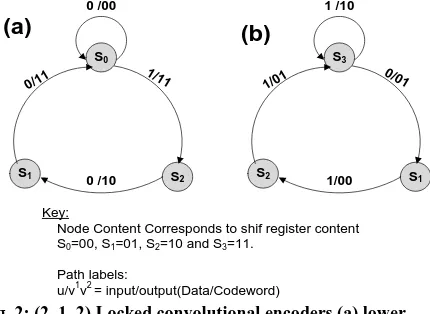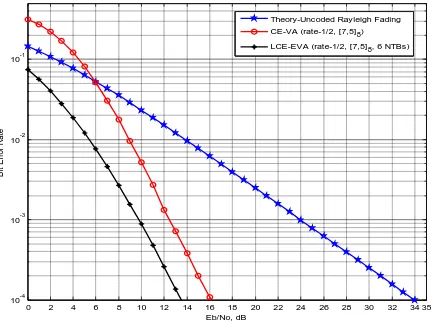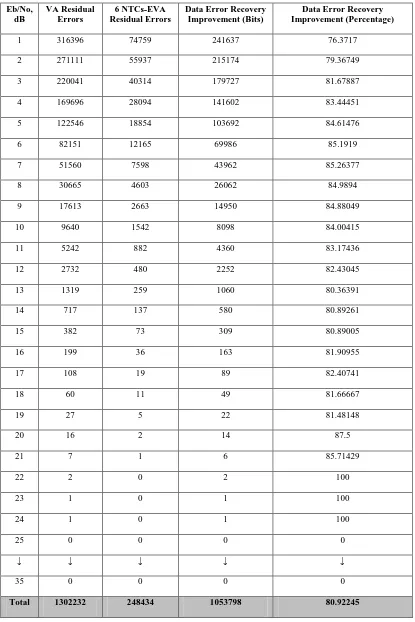Performance of Binary Locked Convolutional Codes with Non Transmittable Codewords in Flat and Slow Rayleigh Fading Channel
Full text
Figure




Related documents
We also show that (a) the kinase activity of LIMK is not essential for the invasive behavior of the cells and (b) the absence of LIM domains significantly retards cell invasion.
International Journal of Scientific Research in Computer Science, Engineering and Information Technology CSEIT183815 | Received 01 Dec 2018 | Accepted 20 Dec 2018 | November December 2018
are obtained, we are able to query the metric tensor components and their corresponding gradients at each location within the computational domain using the high-order
Solar desalination is a process where solar energy is used to distil fresh water from saline, brackish water for drinking purposes, charging of the batteries
Figure 1.3 Assessment of the likelihood that the pathologic findings are associated with a typical, dementia with Lewy bodies, clinical syndrome (McKeith et al., 2017) Figure 1.4
A small contractor uses the accrual method of accounting as its overall method to account for short-term contracts and the income and expenses not related to long-term contracts.
When training was complete for both groups, they were further subdivided into four drug administration groups, balanced across mean adjusted amounts for the AA group and
Keywords: Enterobacteriaceae, Pseudomonas aeruginosa , Acinetobacter baumannii , Stenotrophomonas maltophilia , Antimicrobial resistance, Extended‑spectrum